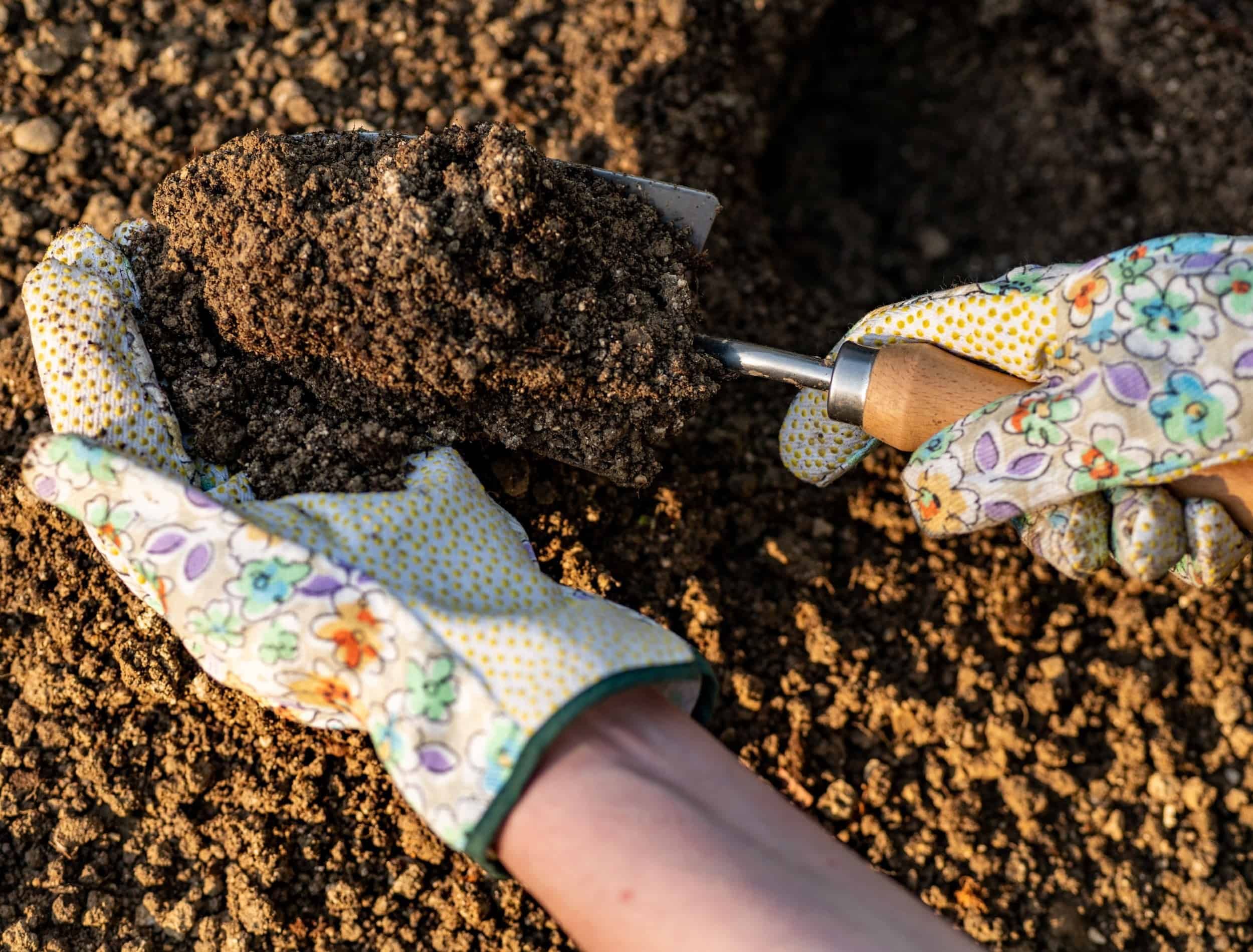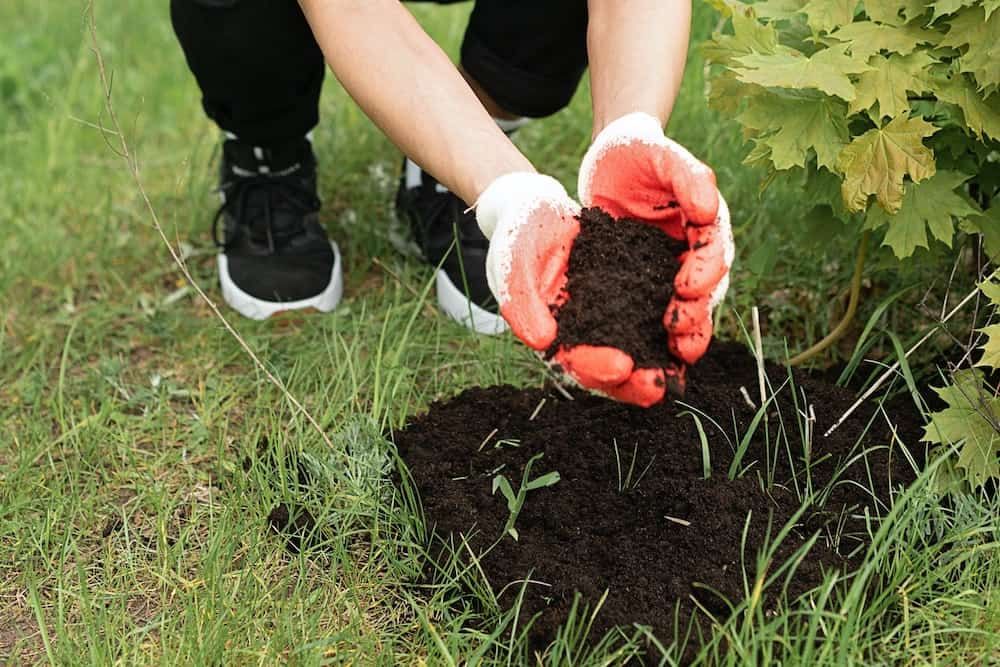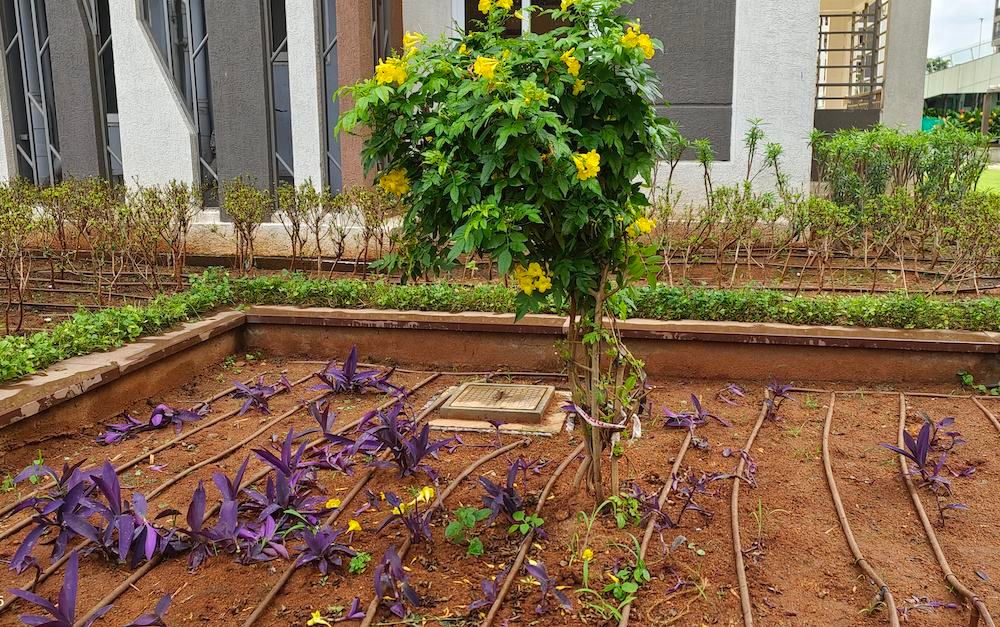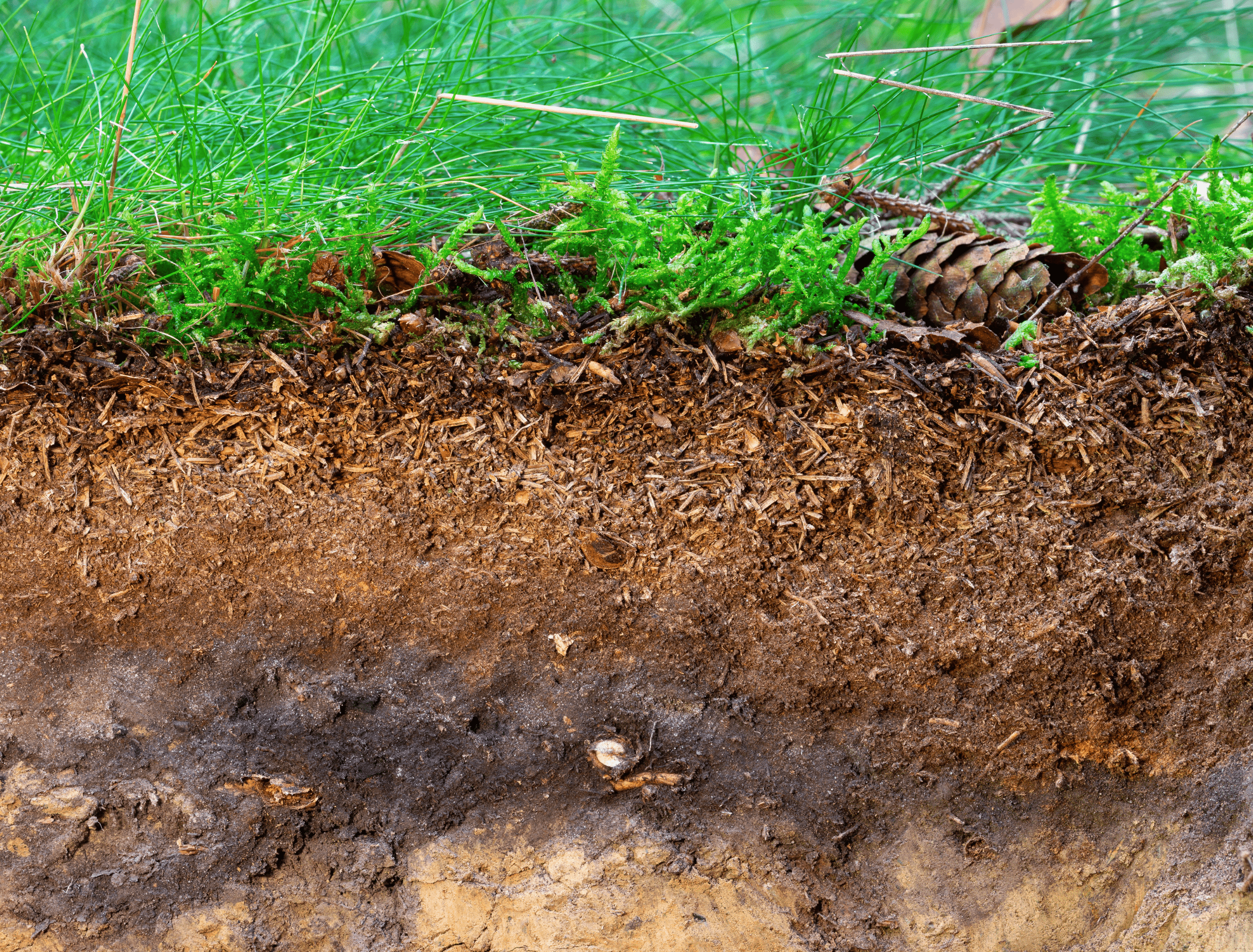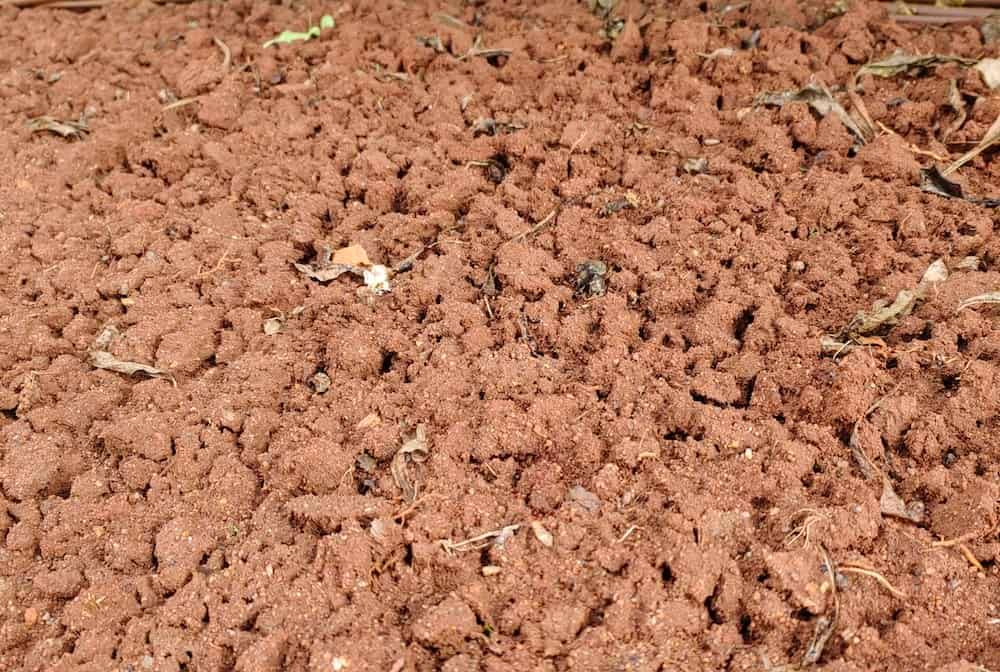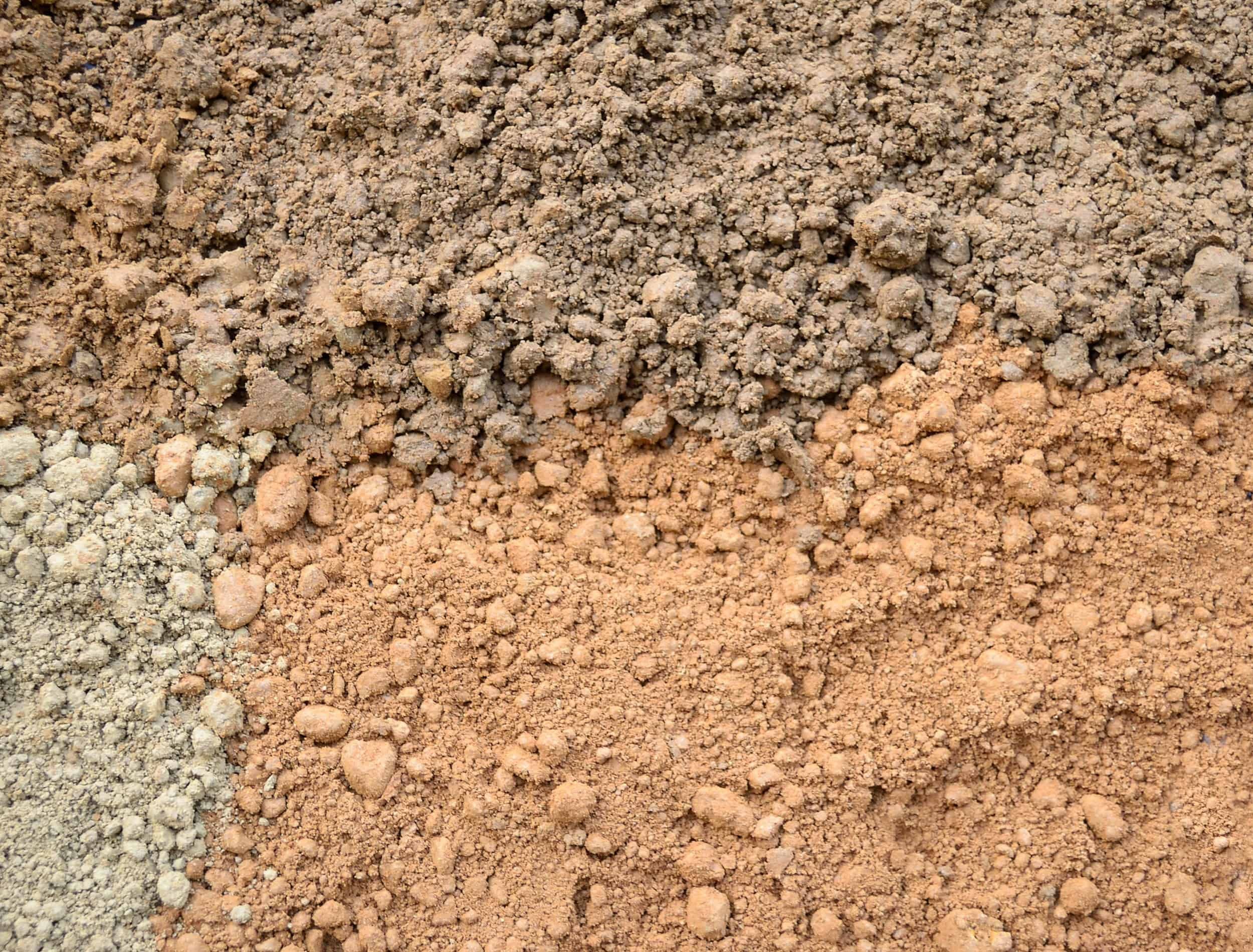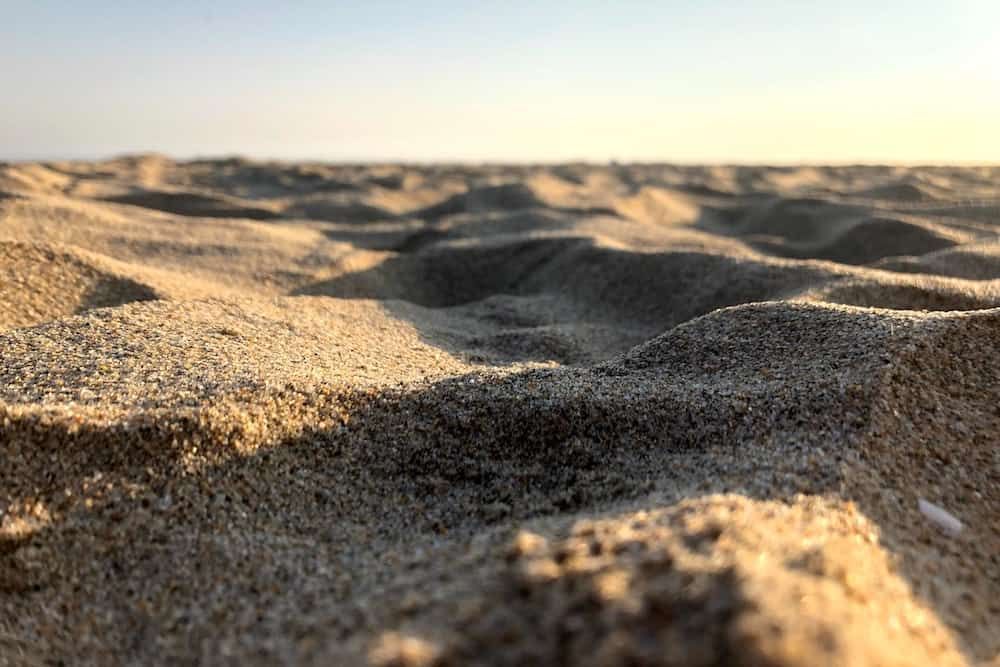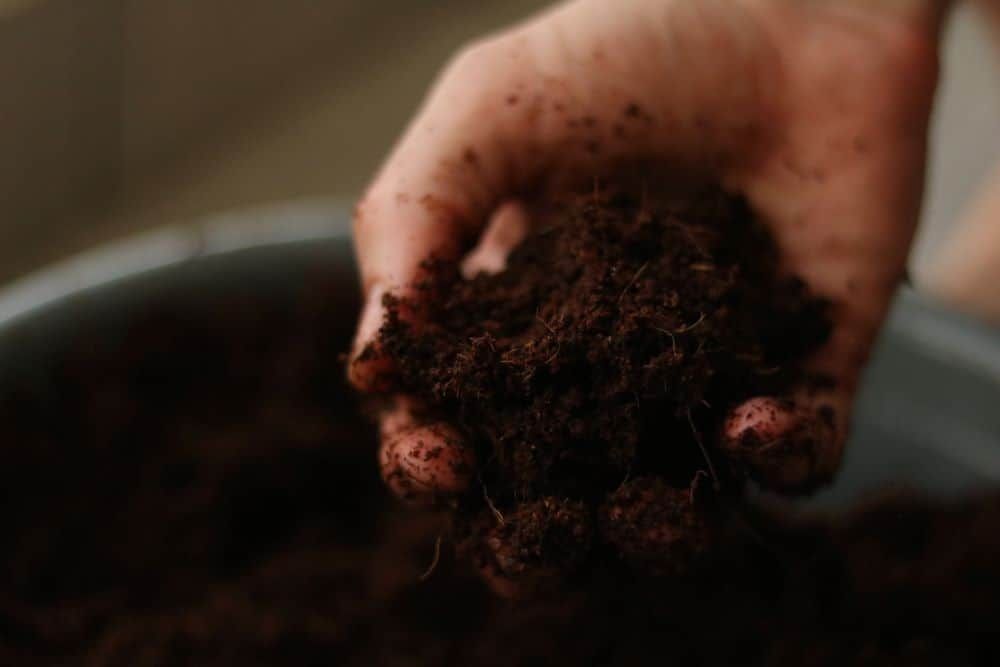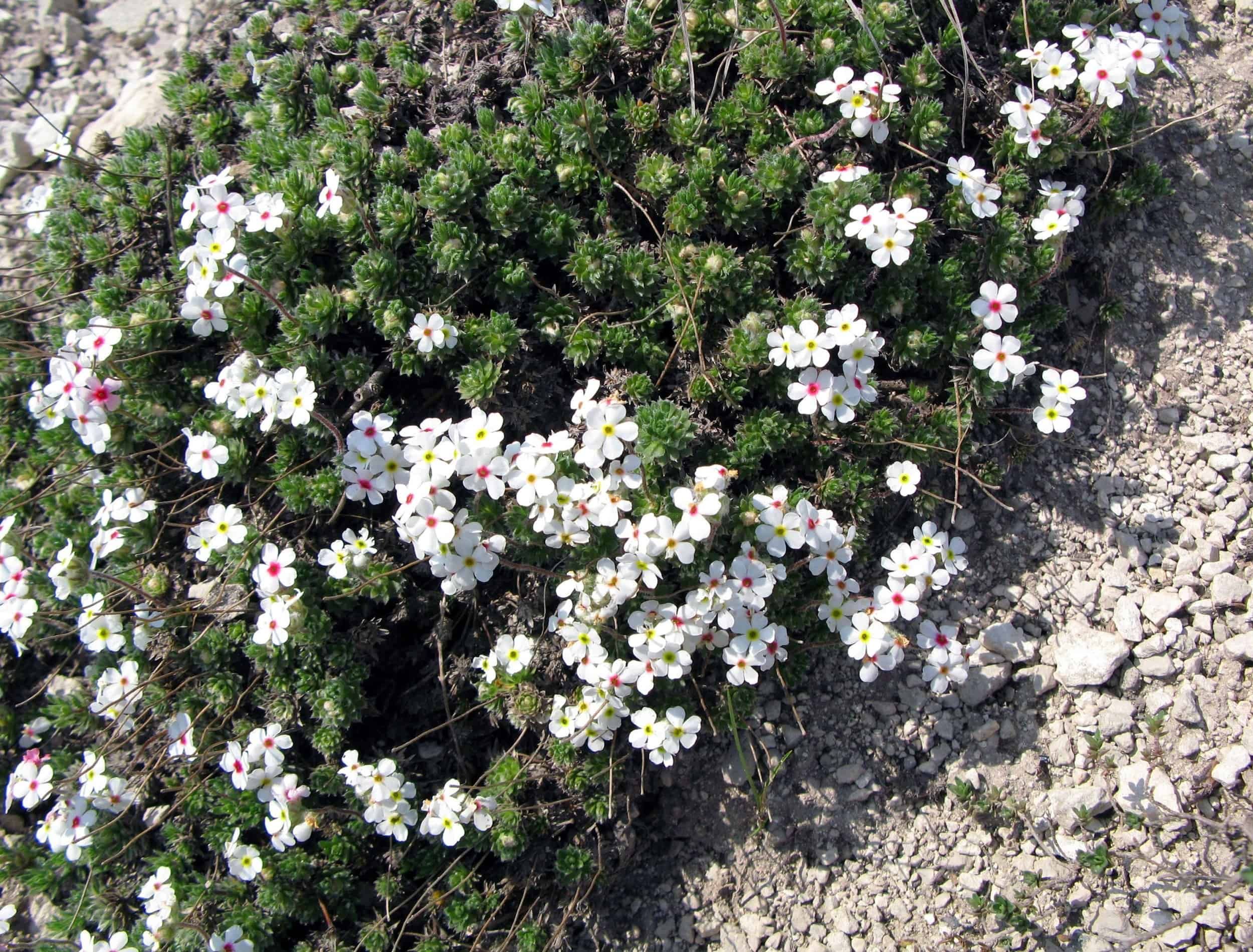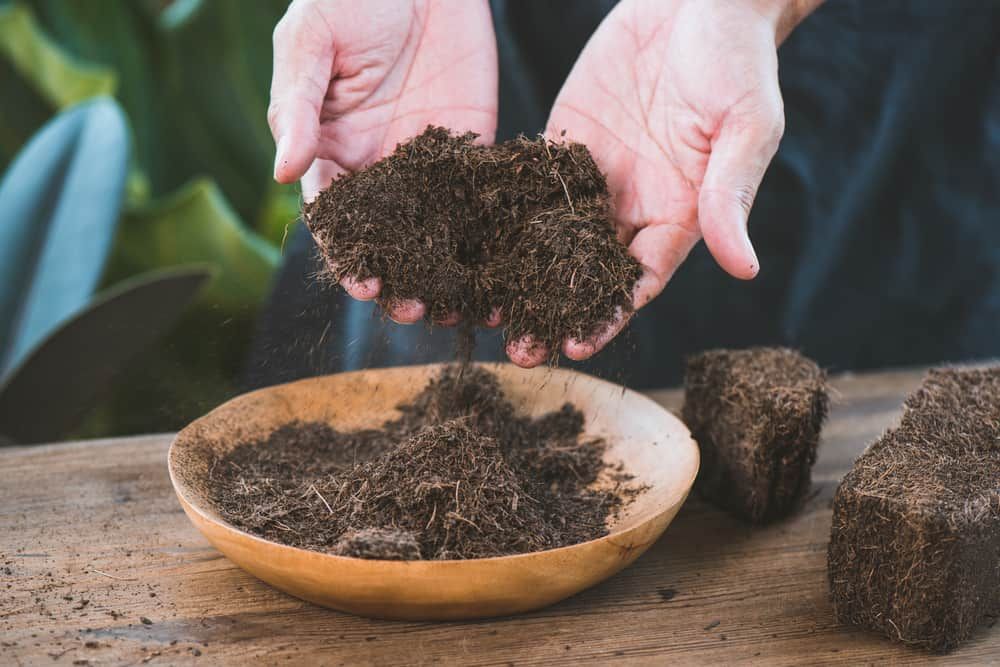Gardening can be a relaxing and fulfilling hobby, but it's not as easy as tossing a few seeds and keeping your fingers crossed! To succeed, you must ensure your garden has the right quantity and quality of the soil. That means tilling your garden, checking your soil's pH, and adding topsoil and compost to your plants to boost their growth.
Missing one or more of these steps can temporarily knock you out of the gardening game! When you're ready to plant your crops, you'll need to ensure that your garden has enough topsoil and compost for the upcoming season. This will be the primary source of nutrients for your plants. Below you'll learn about topsoil and compost and when to add them to your garden.
What is Topsoil?
Image credits: Mikhail Nilov via Pexels
Topsoil is the top layer of the soil in your garden. It's about 2 to 8 inches deep and includes organic matter, clay, sand, rocks, debris, and dirt. Since its composition varies, so does its nutrient make-up. Store-bought topsoil sometimes contains compost (if not, you can certainly mix it in yourself!).
Compost is an additive to the soil. Made out of decomposed organic matter, it's considered "black gold" for all the nutrients it provides. The higher the compost level in the topsoil, the better the results.
The question remains, when should you use topsoil, and when should you opt for compost? You'll need to inspect your soil, but as a general rule, you should go for topsoil if your soil requires building up. However, if your goal is to improve its quality, you should pick compost.
So why is it always implied that the soil you add to your garden is always topsoil? This is because topsoil is every gardener's dream soil! It contains a large amount of organic matter called 'hummus' and many beneficial microorganisms that boost soil and plant health. Topsoil's Soil Organic Matter (SOM) can:
- Increase soil porosity.
- Improves soil structure.
- Boosts retention and release of nutrients to plants.
- Promotes water infiltration.
Keeping these benefits in mind, it only makes sense to use topsoil whenever you add soil to your garden. To boost soil and plant health, mix compost with topsoil before adding it to your garden.
So, When's a Good Time to Add Soil to Your Garden?
Image credit: Lakeisha Ethans for Backyard Boss
Soil plays a vital role in your plant's lifecycle. It is the driving force behind beautiful blooms and lush foliage. However, if you're not blessed with quality soil, you'll need to make amendments and add quality soil to your garden soil. At the start of the season, you'll need to add a new layer of soil if:
1. Your garden soil has recently battled pests, weeds, diseases, and infection
Pests, weeds, and diseases can persist and linger in the soil for quite a while. This is why, if you know that your plants struggled with any of these throughout the past season, it is almost crucial to add a layer of soil on top.
2. Rains and strong winds have eroded some parts of the garden
Rains and winds are an everyday thing for you, but for your garden, they can be quite damaging, especially if you have lightweight topsoil. If you notice soil erosion and roots poking through the ground in places, you should add a new layer of topsoil.
3. You've tested the soil, and it lacks nutrients for healthy plant growth
Soil testing before the start of each season is essential. This is one sure way to find out if you have all the needed nutrients in your garden. However, if your garden lacks some nutrients, add high-quality topsoil rich in organic material to boost soil and plant health. You can even mix compost with topsoil before adding it to your garden.
4. You're practicing crop rotation
Crop rotation is when gardeners plant different crops on the same plot of land to improve soil health, optimize nutrients, increase the soil's organic matter, and fend off weeds, pests, and diseases. Simple rotation may include growing two or three different crops, but complex rotation can consist of growing more than a dozen crops in the same plot. This practice is quite popular in veggie plots. Examine your plot every year and if the quantity of soil has reduced, add 1 or 2 inches of topsoil so that your plant roots aren't exposed.
What Is Good Topsoil Made Of?
Image credits: SoilPaparazzi via Canva
Your topsoil should consist of silt, sand, clay, and organic matter. Organic matter will provide nutrients alongside the silt, the sand will provide better aeration and drainage, and the clay will help keep everything together. The best way to add soil is to till your garden, so the soil gets thoroughly mixed with the existing soil in your garden.
Types of Soil
You can categorize soil depending on its composition and texture, which depends on the minerals and the materials the soil contains. There are six primary types of soil:
1. Clay
Image credit: Lakeisha Ethans for Backyard Boss
This is the heaviest type of soil. Clay soils remain wet throughout the winter but dry very quickly during the summer. Clay soil lacks proper aeration and drainage because of its compaction, which also makes it difficult to dig in. While it's not ideal for most crops, some plants thrive in clay soil.
2. Silt
Image credit: Fabio Lamanna via Shutterstock
Silt soil is one of the more nutrient-filled types of soil. Although silt retains moisture, it lacks soil structure. This soil is ideal for most plants, including cypress, birch, willow, dogwood, mahonia, and New Zealand flax.
3. Sand
Image credits: Matt M via Pexels
Sandy soil can be a little problematic. It has few nutrients and provides little to no anchorage because it is very lightweight. Unfortunately, this also means that sandy soil is prone to erosion, making it a less-than-ideal growing medium on its own. However, mixing it with heavier and nutrient-rich soils works well because sandy soil encourages proper drainage.
4. Loam
Image credits: Alicia Christin Gerald via Unsplash
Loam soil combines sand, silt, and clay. This nutrient-rich soil contains a high amount of organic matter and has excellent water retention, drainage, and aeration. Loam soil is not lightweight but acidic and requires a constant boost in nutrition.
5. Chalky
Image credit: catocala7 via Shutterstock
Chalky soil is a stonelike and shallow soil that drains well and lacks water retention. It is highly alkaline due to the high contents of limestone it contains. It's ideal for beets, spinach, cabbage, sweet corn, lilac, and weigela.
6. Peat
Image credits: Nor Gal via Shutterstock
Peat is damp and spongy, and gardeners often use it in soil amendments. While it retains moisture, it lacks proper drainage and has fewer nutrients. Although it provides good aeration and drainage, gardeners are starting to find better alternatives such as coconut coir, wood fiber or rice hulls.
Too Many Choices!
You should add topsoil to your garden if your soil lacks nutrients for healthy plant growth, to fix soil erosion, or if you want to experiment with crop rotation. Depending on the reason, there’s a different time to add to your garden soil.
Hopefully, this article was helpful to you and gave you some clarity as to when to add soil to your garden. As always, share your experiences and questions in the comment section below!
Happy gardening!

